Build Your Inner Beast With The Big 3

Pack on mass and boost your strength by focusing on the 3 foundation moves—the squat, bench press, and deadlift—for 6 weeks
If your goal is total-body strength, you’d better have squats, deadlifts, and bench presses listed in your routine. Each of these lifts, which happen to make up the sport of powerlifting, is considered the ultimate test of strength for the areas of the body it covers. But these moves also share an unsurpassed ability—when performed correctly—to pack pounds of muscle onto your frame. If you’re not doing them in your training, you’re making a big mistake.
Squats target your lower half; deadlifts thicken your backside, from ankles to traps; and bench presses will add bulk to your upper body. Together, they cover most every major body part and strengthen and build muscle and connective tissue in a way other exercises simply can’t, because multi-joint movements (which involve multiple muscle groups) have such an incredible anabolic punch.Bigger, stronger, simple. Let’s make sure you know the best ways to include them in your workout.
Details of Strength Training
By focusing on building strength in each on these three main lifts, you’ll reinforce your basic foundation upon which all bodybuilding exercises can later build. That’s why this type of approach is so basic to strength athletes and bodybuilders alike.
The game plan is a simple one, but it’s different from a traditional bodybuilding routine: The training week is broken down into three main work days (one for each exercise) and adds another day for smaller muscle groups (as opposed to training by body parts).
*The Day 1 (typically Monday) workout revolves around the squat; on this day, you’ll do a number of other thigh and calf exercises as well, but those are primarily chosen to help strengthen your squat.
*Day 3’s focus is bench press-centric, which is a good way to ground your chest, shoulder, and triceps training.
*On Day 5, you’ll be doing deadlifts and ancillary exercises for your back and biceps.
*On Saturday you’ll hit those smaller muscle groups.
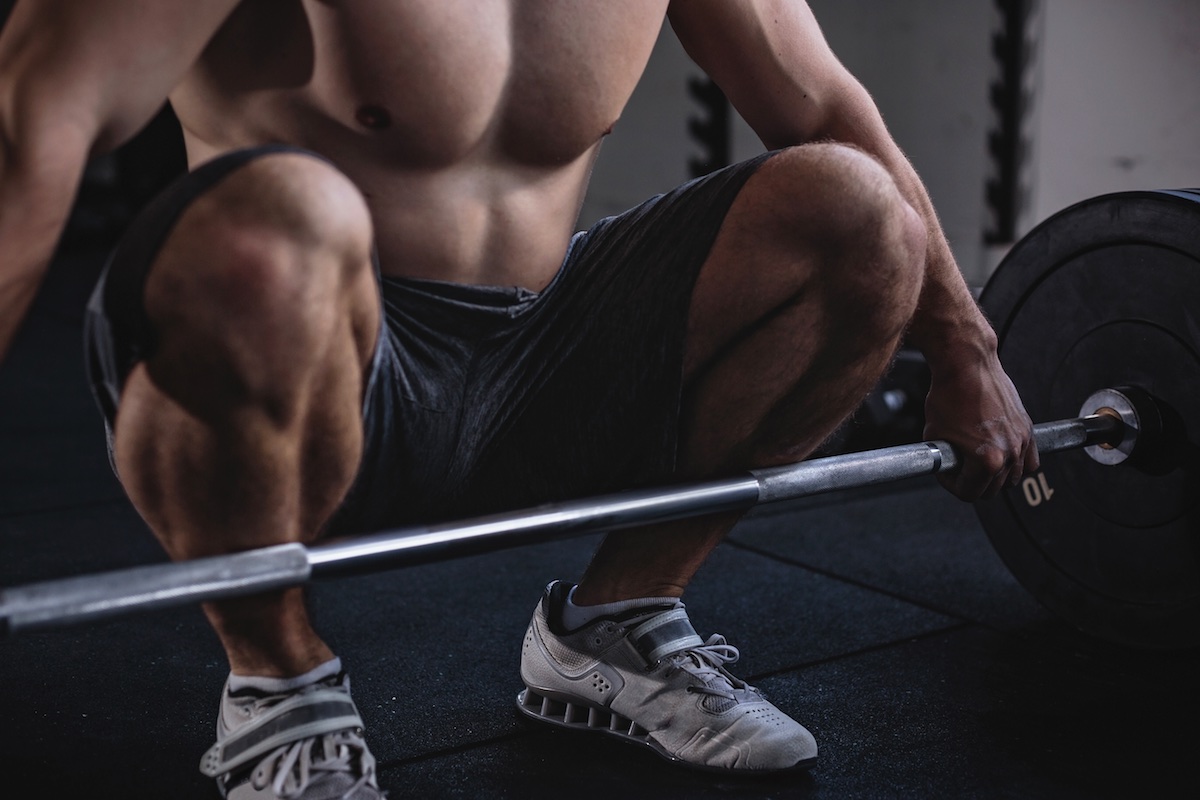
In total, this equates to only four days in the gym per week—plenty of time to recuperate, which is going to be just as important as your workouts if you want to see results from this program, including a day’s rest between each Big 3 workout. Make sure to get plenty of rest—this isn’t your typical high-volume bodybuilding program, after all—and eat plenty of high-protein, nutrient-rich foods to ensure that you’re providing the building blocks for muscle fibres to grow optimally.
For the focal exercise in each of your workouts (squat, bench, deadlift), you’re going to perform 7 sets.The rep scheme will vary over the course of each of the three two-week phases of the plan. The first set of Phase 1 (weeks 1 and 2) is done with a weight with which you can do 15 reps; from there, you’ll pyramid up the weight and as the reps drop—15, 12, 8, 6, 6, 6, and 6 (last set onlyto positive muscle failure). The rep scheme for Phase 2 (weeks 3 and 4) is 12, 10, 6, 4, 4, 4, and 4 (last set onlyto failure). For Phase 3 (weeks 5 and 6) you’ll go 12, 8, 6, 4, 2, 2, and 2 (onlylast set again to failure). By decreasing the overall number of reps performed during the course of the six weeks, you’re giving your muscles the opportunity to build on their strength over each two-week cycle. While this isn’t the only approach to building strength, notice there isn’t single-rep max training (1RM), which is a measure of strength but not ideal for building it.
For the last of the 7 sets, you’ll either stick with the weight you used for your sixth set or go up a few pounds, making sure to get at least 2 reps (on weeks 5 and 6) as you work toward positive muscular failure.You shouldn’t be using a weight heavier than what you can handle for at least 2 reps. Using very heavy weights on these particular exercises increases your risk of injury if you use poor form, so pay attention to textbook exercise execution.
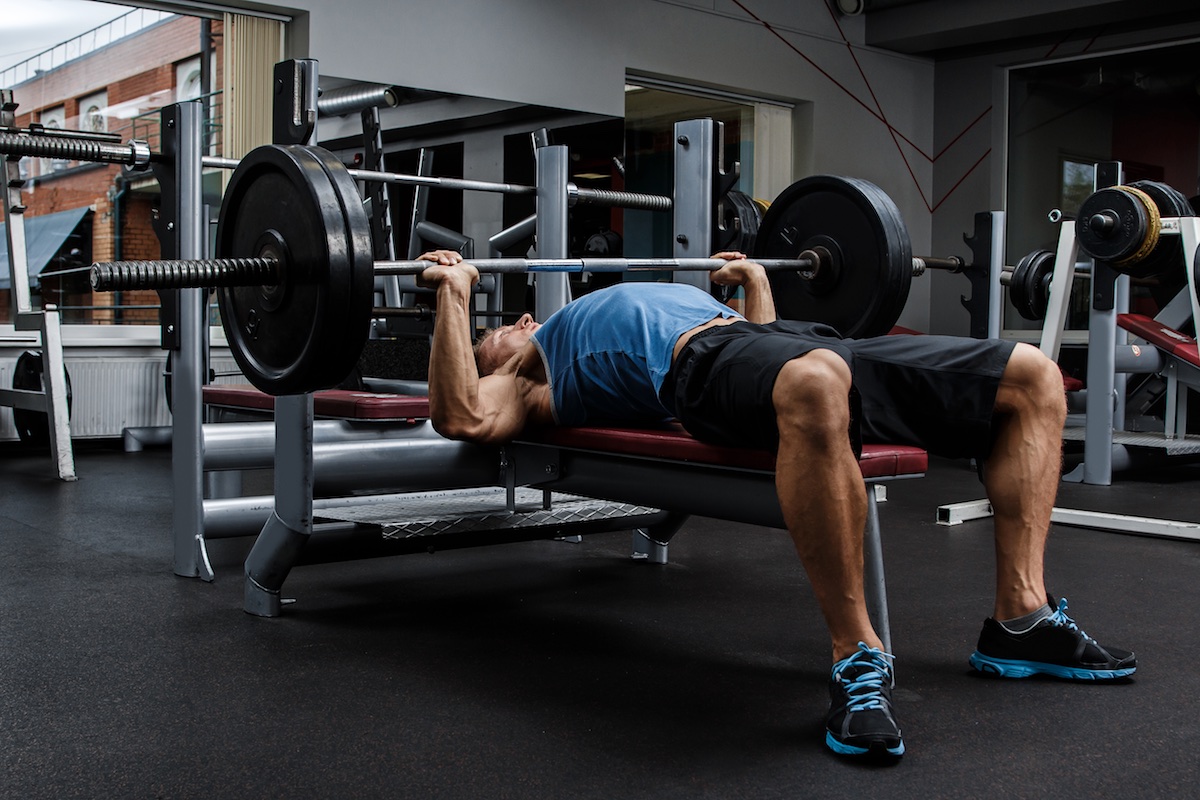
Finally, on your heaviest sets of these power moves, take an extra minute of rest between sets over what you normally do.This isn’t a race; you’ll be better recovered to lift the very heavy weights with a slightly longer rest interval. If you rush on these very heavy sets, you won’t be able to fully push with maximal strength. Strength athletes do notfollow a bodybuilder’s rest protocol.
The scientific literature clearly shows that pushing everyset to failure can be counterproductive as it fatigues not just the muscles being worked, but the nervous system as well.Stressing the nervous system to the max even three days a week can lead to overtraining, or worse. Injury, illness, and lethargy are all side effects of the overtrained bodybuilder. And the overtrained bodybuilder simply doesn’t grow. Muscle failure is a technique bodybuilders use, but not strength athletes. So just don’t.
Because of the heavy loads relative to your max, if you don’t have a spotter, we suggest the power rack with safeties set at the lower end of the range of motion. (This of course doesn’t apply to the deadlift.) Funny, most bodybuilders can get an extra rep or two knowing a spotter is there to help, providing a psychological boost that’s key when taking a set to your limit. A good training partner can be an invaluable tool for reaching and exceeding your goals in the gym, especially during a plan like this
After Six Weeks
This program is meant to be performed for six weeks, then cycled with your regular bodybuilding routine for another six weeks. You can return to this kind of program at a later date, always aiming to push more weight than your previous cycle, but it shouldn’t be followed indefinitely because of the degree of stress that very heavy weights put on your joints and, quite simply, even the best training protocols start to lose their effectiveness after about six weeks. While this program is a type of periodization (that’s what science guys call cycling heavy and light training phases), it’s not the only way to build strength but is still very effective. And it avoids the bodybuilder tendency to train hard all the time.
THE BIG 3 PROGRAM
Phase 1:
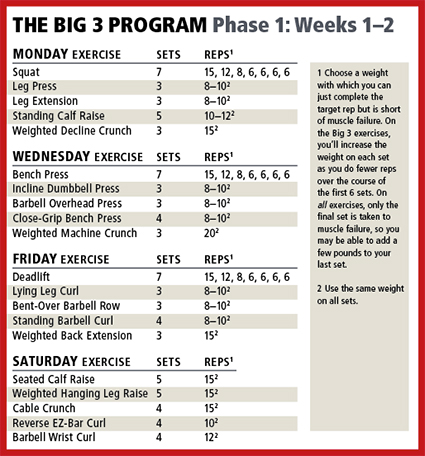
Phase 2:
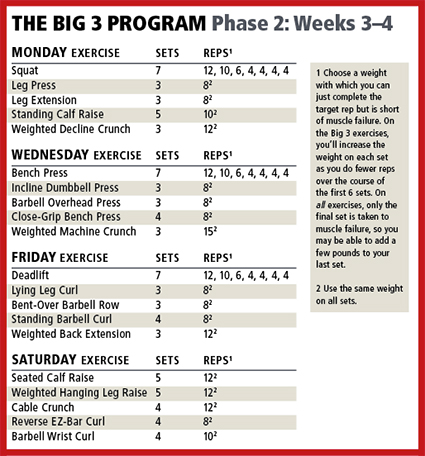
Phase 3:
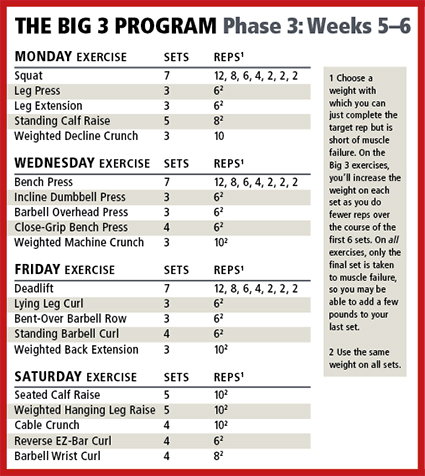
SQUAT
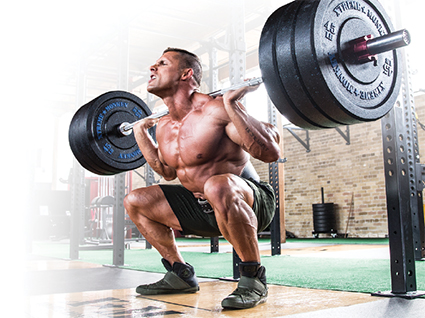
This movement is referred to as the “king of exercises” for good reason: It activates more muscle fibres at a higher level than any other movement. From calves to quads to hams to glutes, and even the lower and upper back as well as the chest (all working to stabilize the torso), the squat is very nearly a total-body exercise. Add to that the enormous workout it gives your lungs and you’ve got more than enough reason to make it a staple of any mass-building routine.
• Keep your back straight and chin up. Don’t let your back round or your shoulders roll forward. The idea is to keep your back in a rigid yet natural position at all times. Keep your head up and look straight forward—what’s called neutral head alignment—rather than up (or worse, down) to ensure the spine maintains its natural curvature.
• Don’t bounce out of the hole.Bouncing at the bottom of the squat is a great way to put unwanted stress on your knees, and it in fact makes the movement easier because you’re generating momentum. Bodybuilding isn’t about looking for shortcuts to exercise execution; rather, it’s about making you work. Control the weight at the bottom of the movement.
• Breathe properly:Inhale on the way down; hold your breath to stabilize your torso as you start to rise up, exhaling only near the top.
• Descend to a point in which your thighs are slightly below the parallel.Most people don’t have the flexibility to “bottom out,” which if done repeatedly can overstretch your knee tendons. But many bodybuilders don’t even go to the thighs-parallel position, meaning they’re shortchanging their results and decreasing the workload on the hamstrings and glutes.
BENCH PRESS
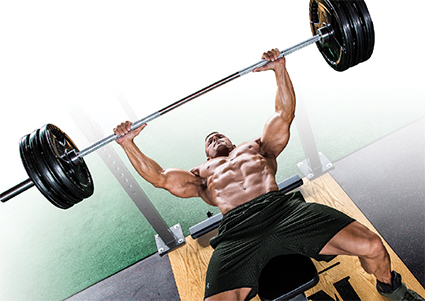
To many, the bench press is the ultimate measure of a bodybuilder’s strength. With the possible exception of biceps, the bench works every major muscle group of the upper body. While it primarily stresses the pecs, it also heavily recruits the triceps and deltoids, and even the lats and abdominals work to some degree.
Walk into nearly any gym and you’re bound to see a gaggle of high-schoolers gathered around a bench as one of their compadres struggles against a weight that’s far too heavy by half, back arched to its breaking point, arms quivering furiously, plates about to slide off one end. Don’t follow that example because you end up taking the stimulus off—not on—the pecs.
• Use a spotter.Never perform barbell bench presses, especially when using very heavy weights, without an experienced spotter. And if you have difficulty balancing the bar, collars are a smart way to ensure the plates don’t slide off with an embarrassing clang.
• Don’t bounce.As with the squat, using momentum to initiate the weight through the first portion of the rep can lead to joint injury, not to mention it takes the muscular stress off the target muscles.
• Stay on the bench.Don’t let your hips ride up off the bench: Once they do, you’re letting mechanics do the work for you. (Most bodybuilders find it easier to do the decline move, which is what begins to happen when you raise your hips off the bench, but that doesn’t work the target muscle in the same areas as the bench press.)
• Take a grip outside your shoulders. In fact, your hands are in the right spot when your forearms are nearly perpendicular to the floor when the bar’s in the down position. A closer grip puts more emphasis on the relatively weaker triceps (as well as inner chest), and a very wide grip hits the shoulders more (as well as outer pecs).
DEADLIFT
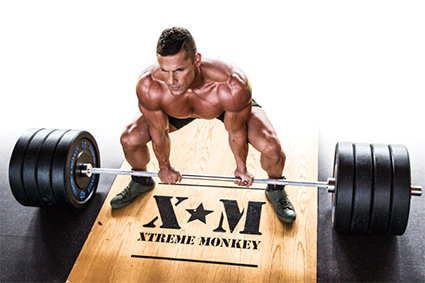
This move is as primal as an exercise gets: You’re simply picking a heavy weight off the floor. Like the squat and bench, it hits more than just one muscle group; the deadlift targets the hamstrings, glutes, quads, lower back, traps, and forearms—what’s called the posterior chain. Because of the technical nature of the lift and the importance of keeping your spine in alignment, you definitely want to perfect the mechanics of this move before attempting heavy weights. Here are some key points to remember:
• Don’t slouch.As when squatting, you should never let the weight pull your shoulders forward; a curved back can lead to disc rupture, which is about as bad as it gets. You must lock your torso in a fairly upright position throughout the rep. That also means you’ll need strong core muscles of the abs and low back.
• Use an overhand grip.If you use heavy weights or are experienced, instead take an overhand grip with one hand and an underhand grip with the other. This is the type of grip powerlifters use in training and competition for the added holding ability it gives them.
• Don’t lock your knees.In a conventional deadlift, you lift partly with your legs and partly with your back because you’re descending into a half squat. Most beginners simply bend over, mimicking a single-joint cousin called the Romanian deadlift, but that focuses on only the upper hams, glutes and lower back. Even at the top of the movement though, your knees should never lock out entirely; always leave a slight bend in them. And don’t lean overly back at the top, which can put added pressure on your discs.

